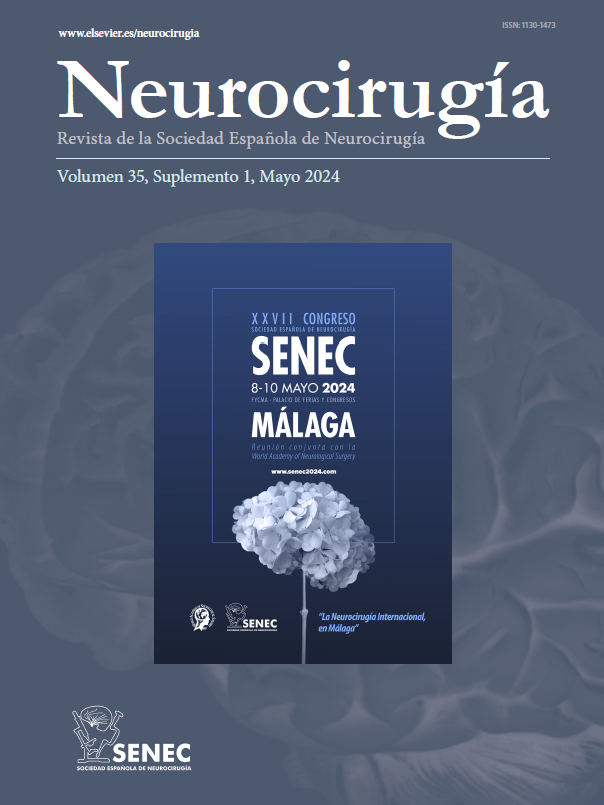The scientific debate concerning clinical, translational and surgical aspects of iNPH could still be limited in respect to the incidence of this condition. The aim of this paper is to systematically assess the extent of the debate on INPH in the context of the congresses of the relevant medical and scientific societies in our Country.
MethodsWe thoroughly examined the websites and scientific programmes of 12 leading scientific societies linked to medical specialities involved in diagnosis and management of INPH, among which the neurological, neurosurgical, neurophysiological, rehabilitation medicine and urologic societies. The amount of time (in hours) was examined in a time span of events which took place between 2019 and 2023.
ResultsNotably, across 4 years (2019-2023), a total of 7 out of 12 (58.3%) of the aforementioned leading scientific societies dedicated a total of zero minutes to the topic “iNPH”, two further societies hosted talks for a total of less than one hours concerning such condition. The amount of time dedicated to giant intracranial aneurysms and vestibular schwannomas was in respect to the incidence of the conditions, significantly longer than the time spent debating on iNPH.
ConclusionsThe results demonstrates that in our country, despite the high and increasing incidence of INPH, the awareness raised on the topic could still be limited, especially compared to other, significantly rarer intracranial conditions such as giant intracranial aneurysms and vestibular schwannomas.
El debate científico sobre los aspectos clínicos, traslacionales y quirúrgicos de la iNPH podría seguir siendo limitado en relación con la incidencia de esta condición. El objetivo de este trabajo es evaluar sistemáticamente la extensión del debate sobre la iNPH en el contexto de los congresos de las sociedades médicas y científicas relevantes en nuestro país.
MétodosExaminamos minuciosamente los sitios web y los programas científicos de 12 sociedades científicas líderes vinculadas a especialidades médicas involucradas en el diagnóstico y manejo de la iNPH, entre las que se encuentran las sociedades de neurología, neurocirugía, neurofisiología, medicina de rehabilitación y urología. Se examinó la cantidad de tiempo (en horas) dedicada a eventos que tuvieron lugar entre 2019 y 2023.
ResultadosNotablemente, durante 4 años (2019-2023), un total de 7 de las 12 (58.3%) de las sociedades científicas mencionadas dedicaron un total de cero minutos al tema “iNPH”; dos sociedades más realizaron charlas por un total de menos de una hora sobre dicha condición. La cantidad de tiempo dedicada a los aneurismas intracraneales gigantes y a los schwannomas vestibulares, en relación con la incidencia de las condiciones, fue significativamente mayor que el tiempo dedicado al debate sobre la iNPH.
ConclusionesLos resultados demuestran que en nuestro país, a pesar de la alta y creciente incidencia de la iNPH, la conciencia sobre el tema podría seguir siendo limitada, especialmente en comparación con otras condiciones intracraneales, significativamente más raras, como los aneurismas intracraneales gigantes y los schwannomas vestibulares.
Article

If it is the first time you have accessed you can obtain your credentials by contacting Elsevier Spain in suscripciones@elsevier.com or by calling our Customer Service at902 88 87 40 if you are calling from Spain or at +34 932 418 800 (from 9 to 18h., GMT + 1) if you are calling outside of Spain.
If you already have your login data, please click here .
If you have forgotten your password you can you can recover it by clicking here and selecting the option ¿I have forgotten my password¿.






